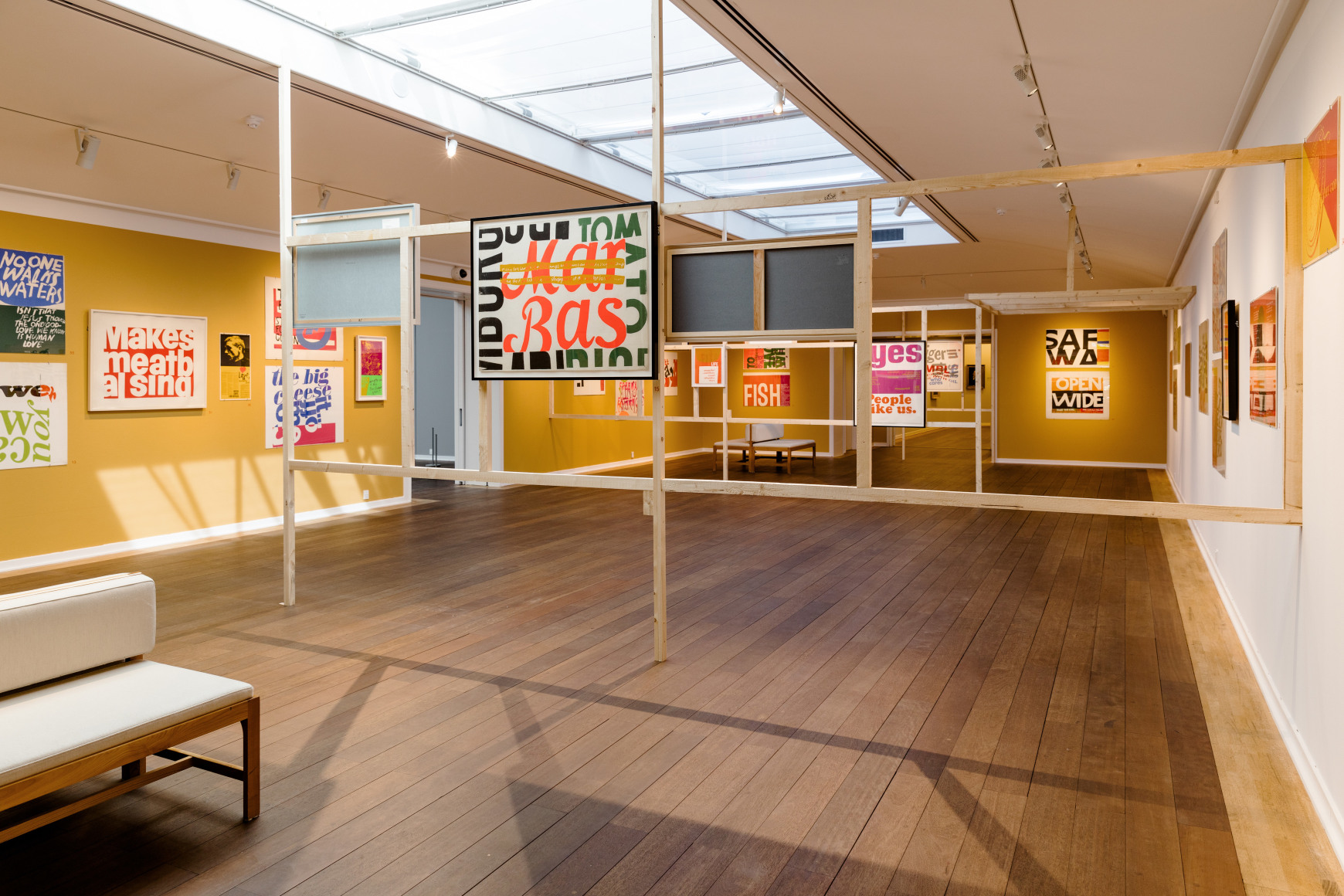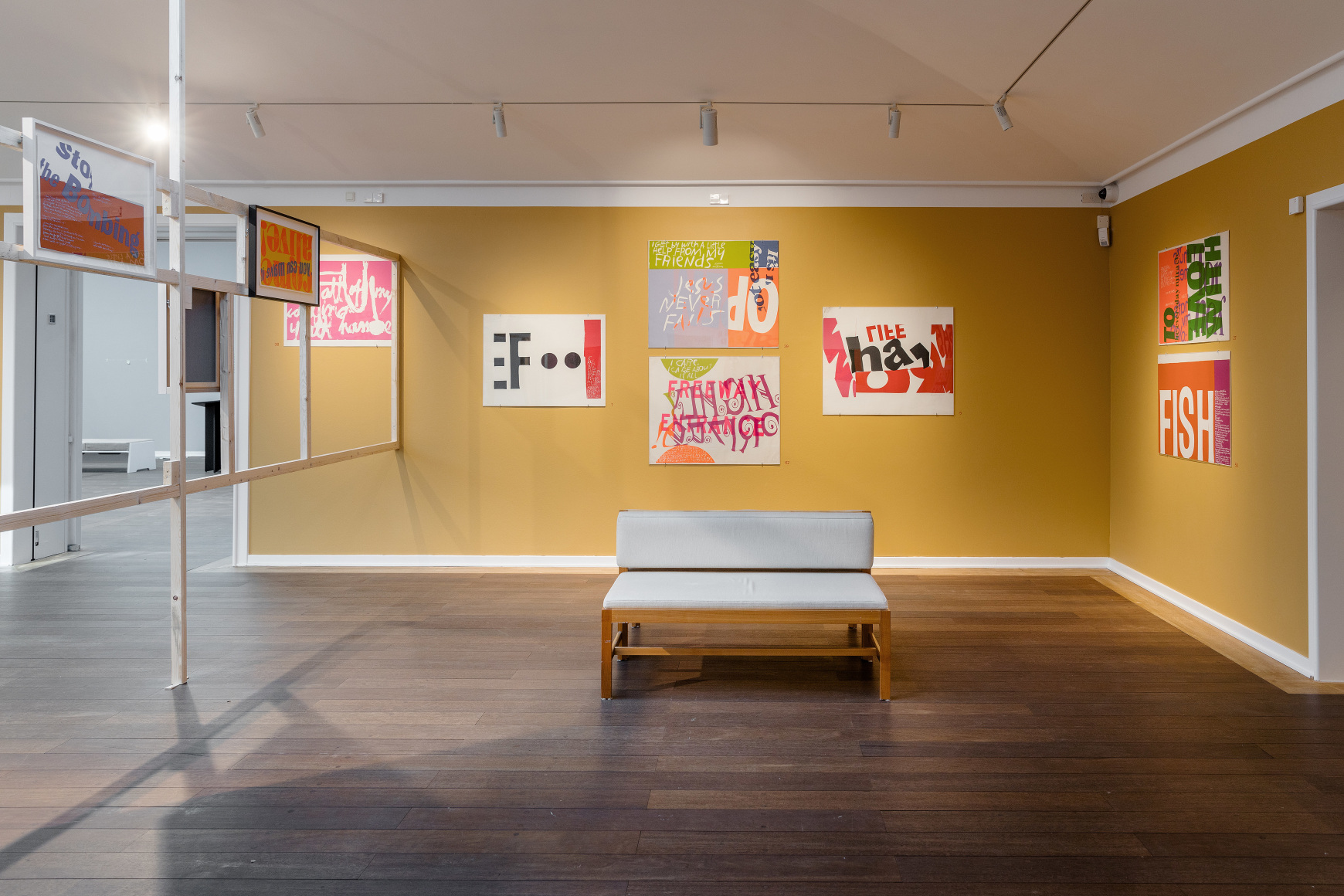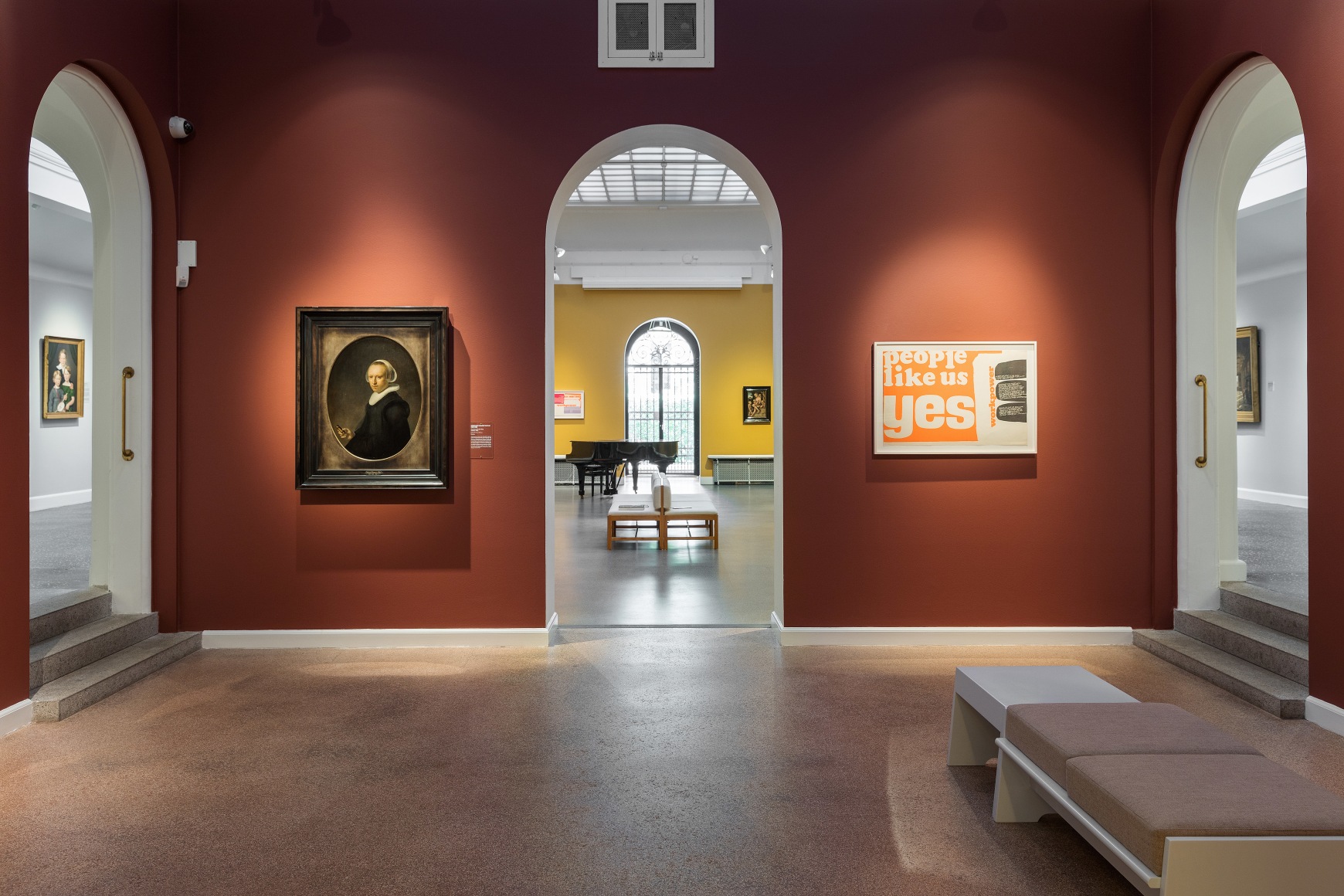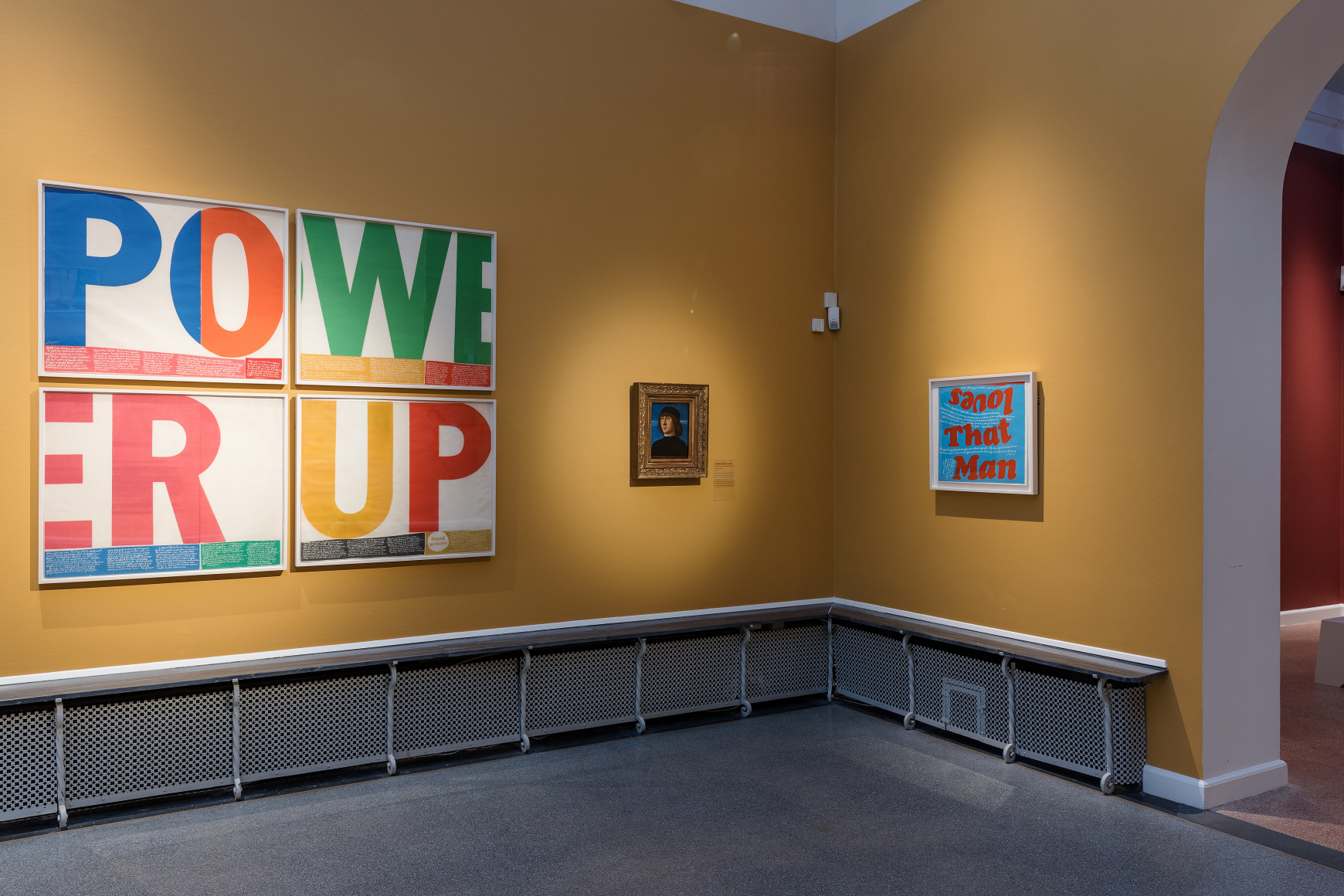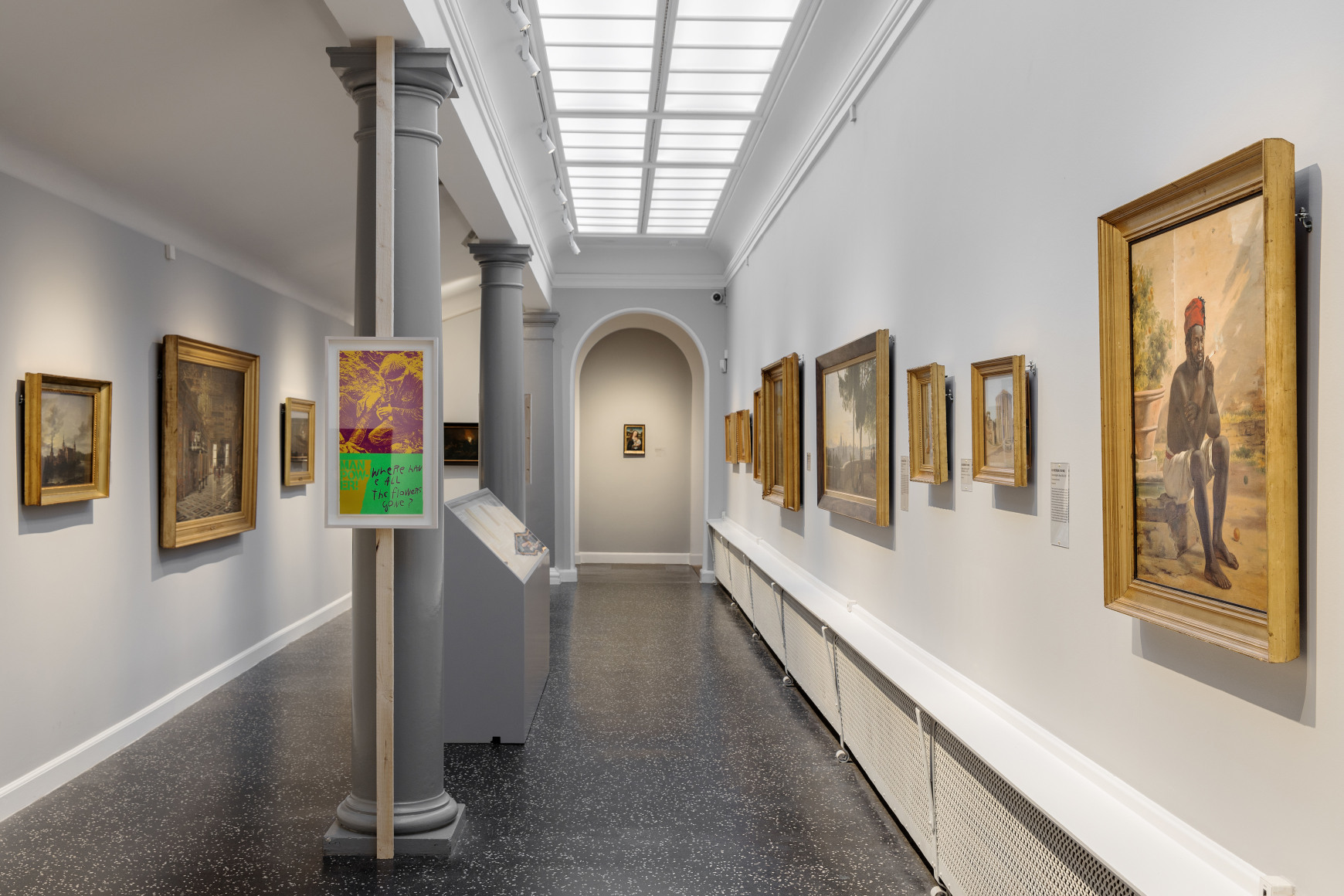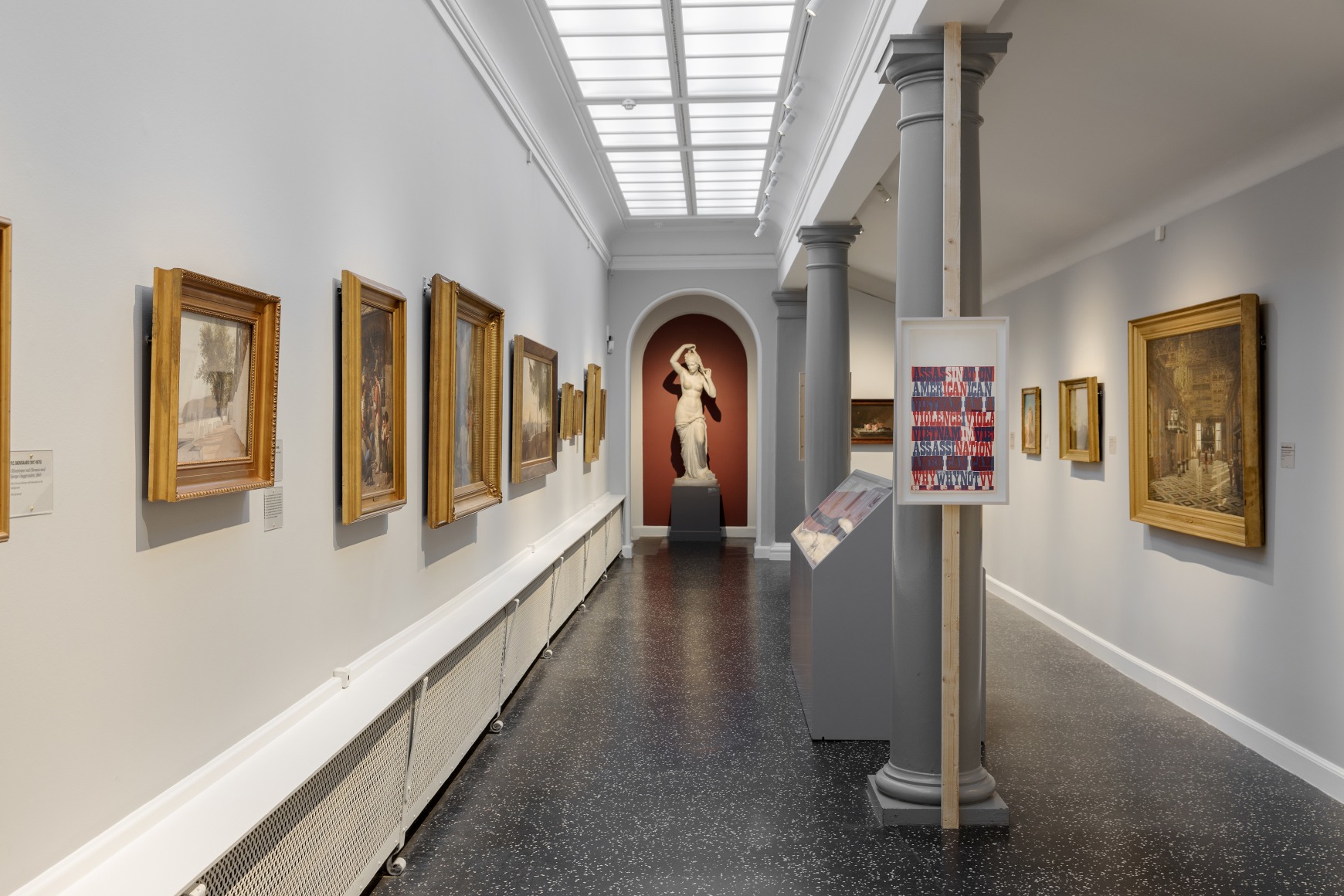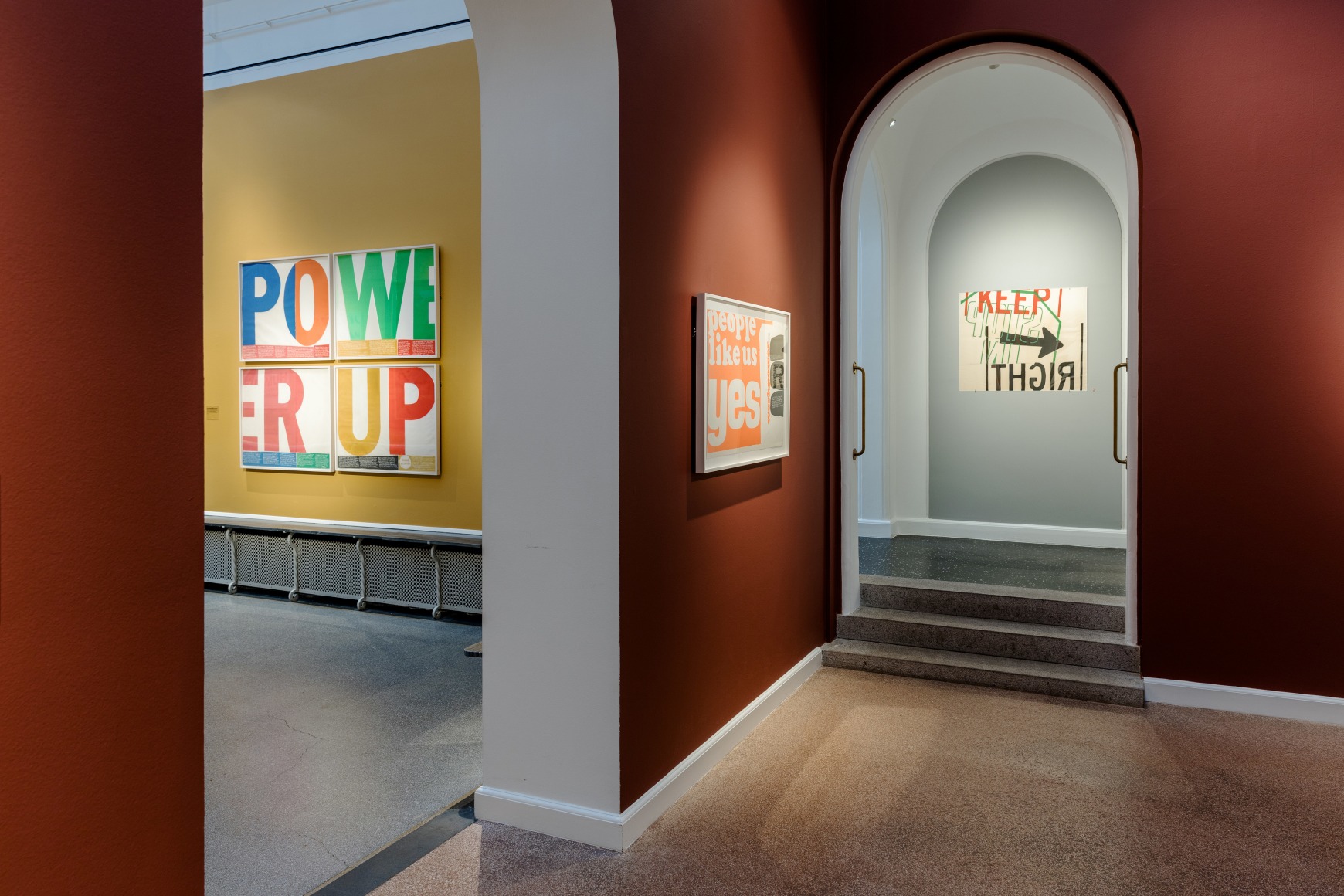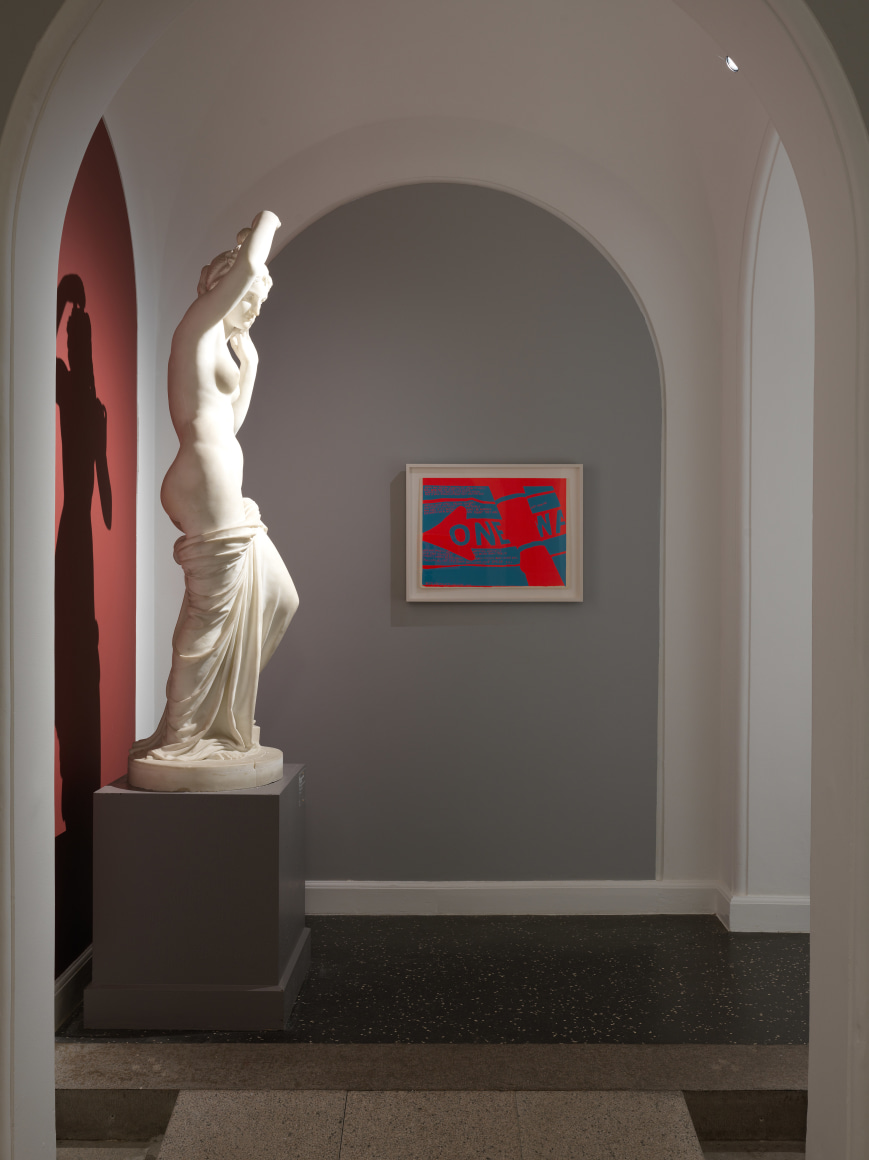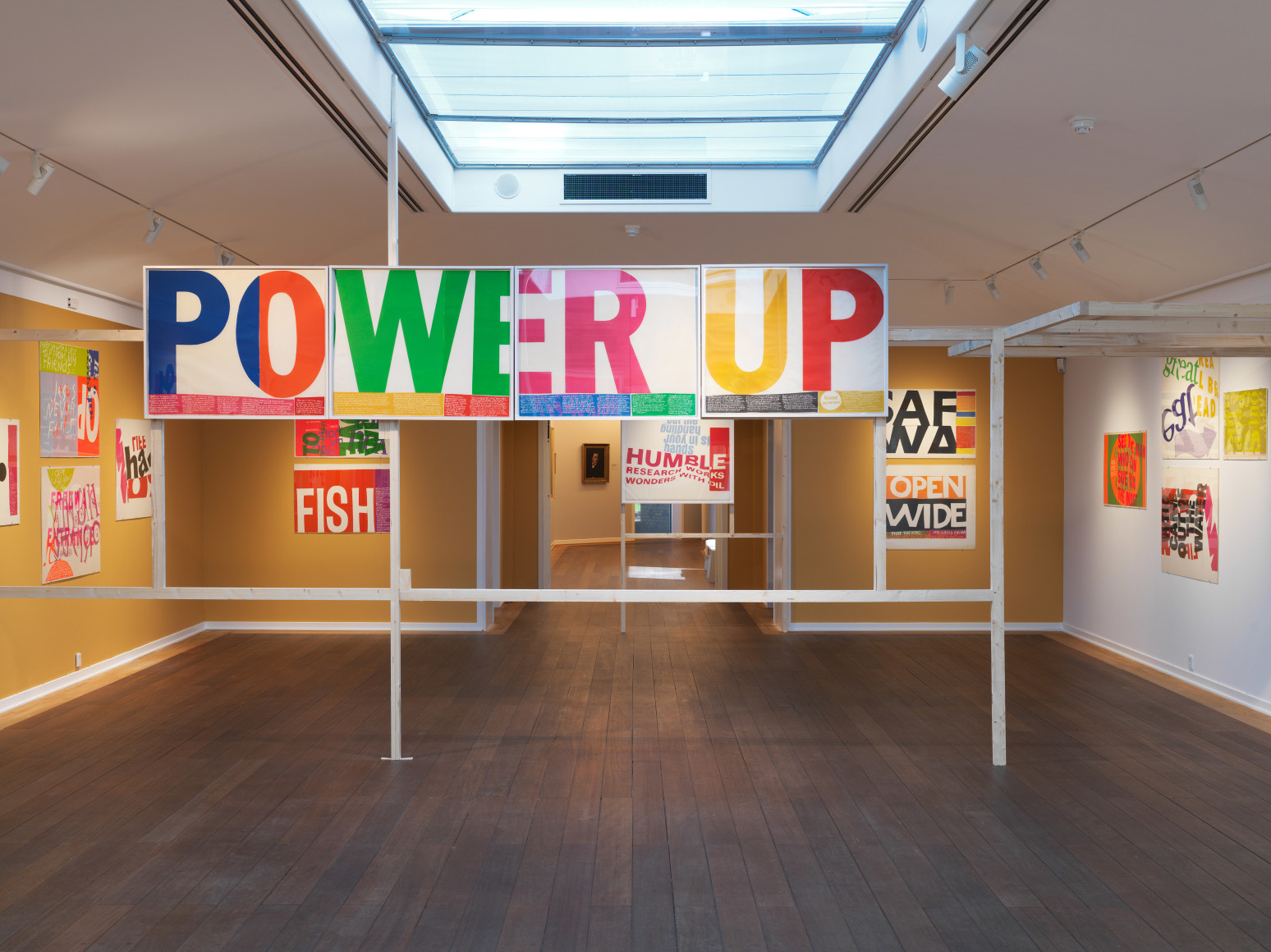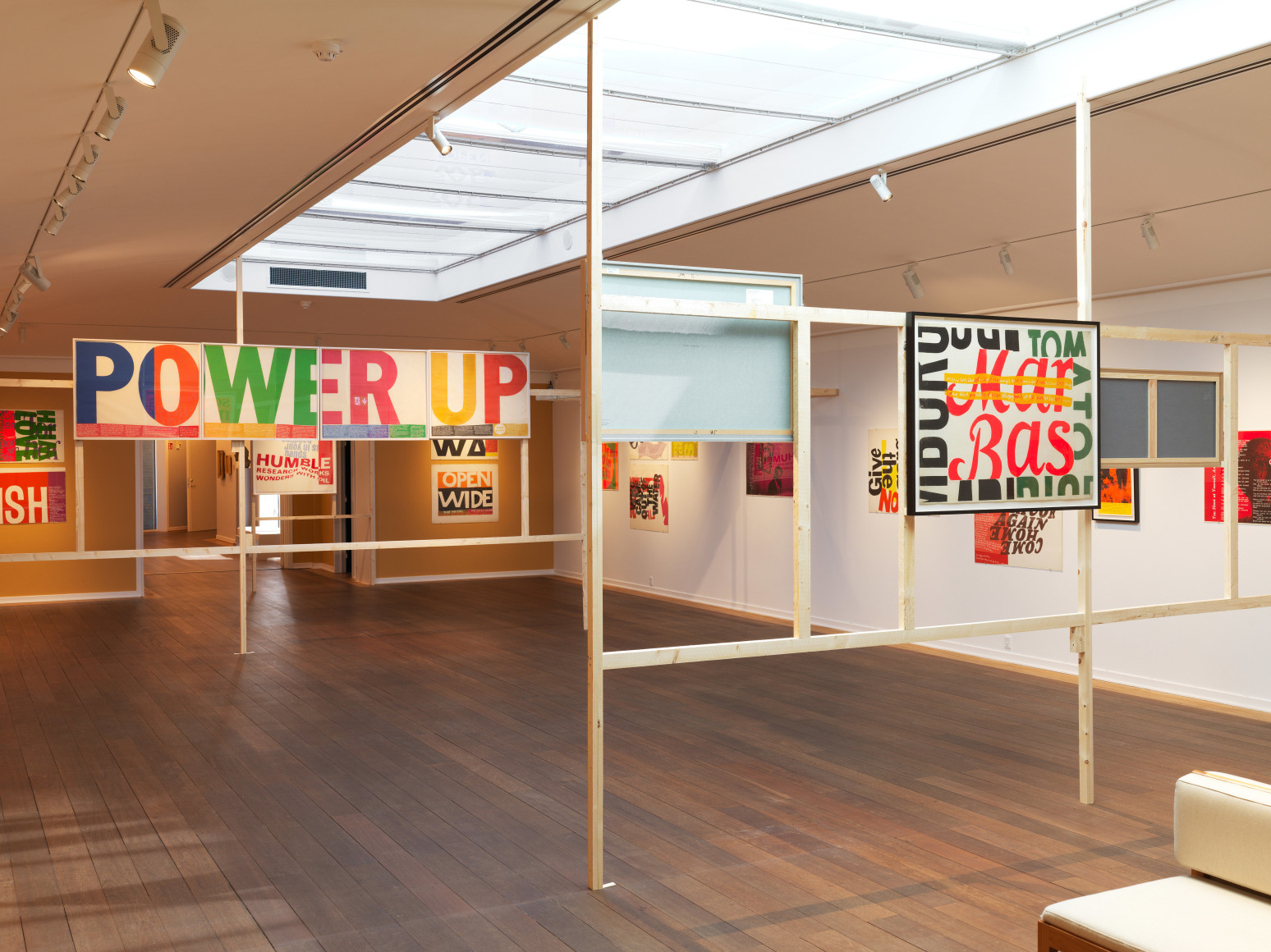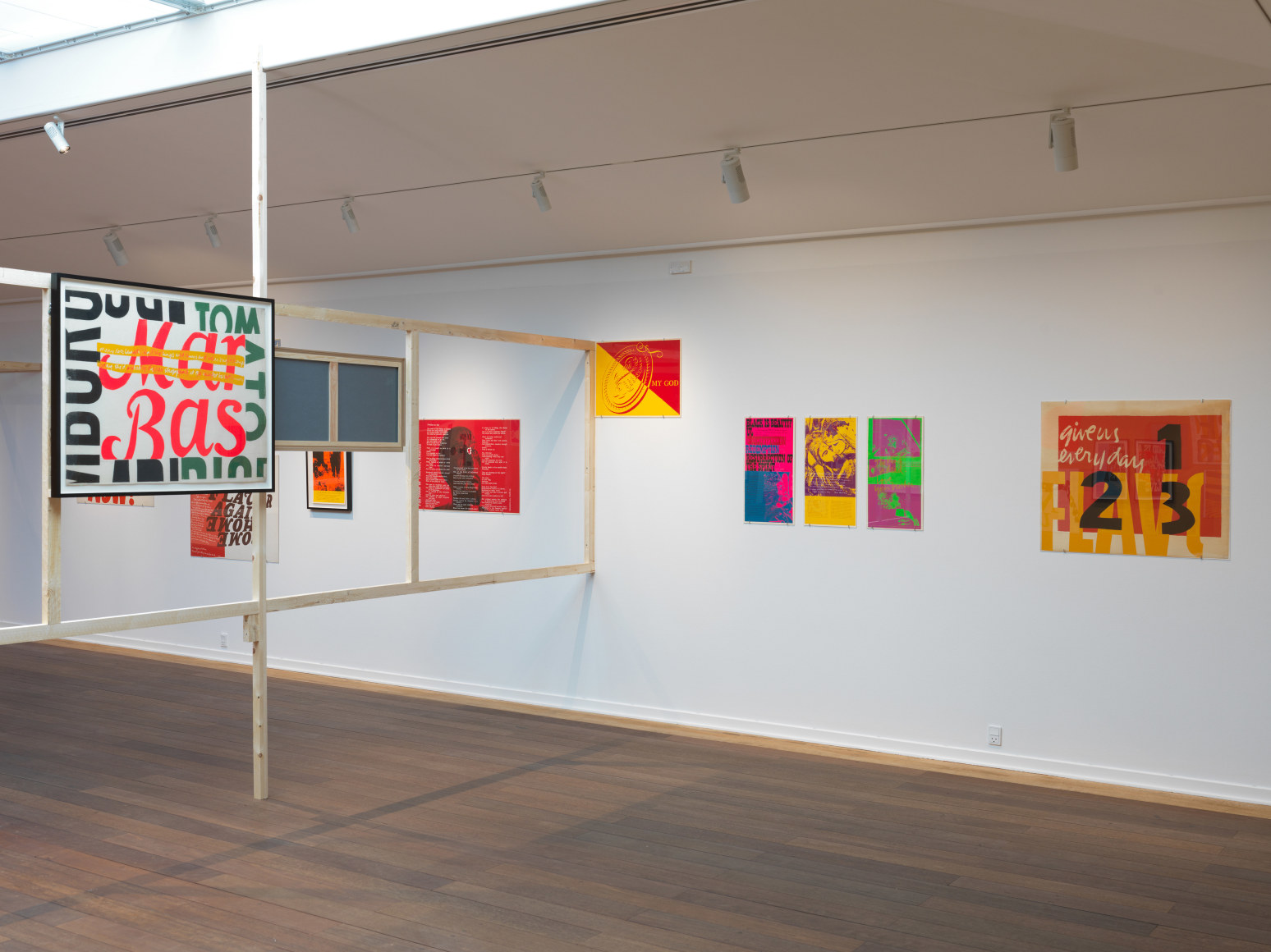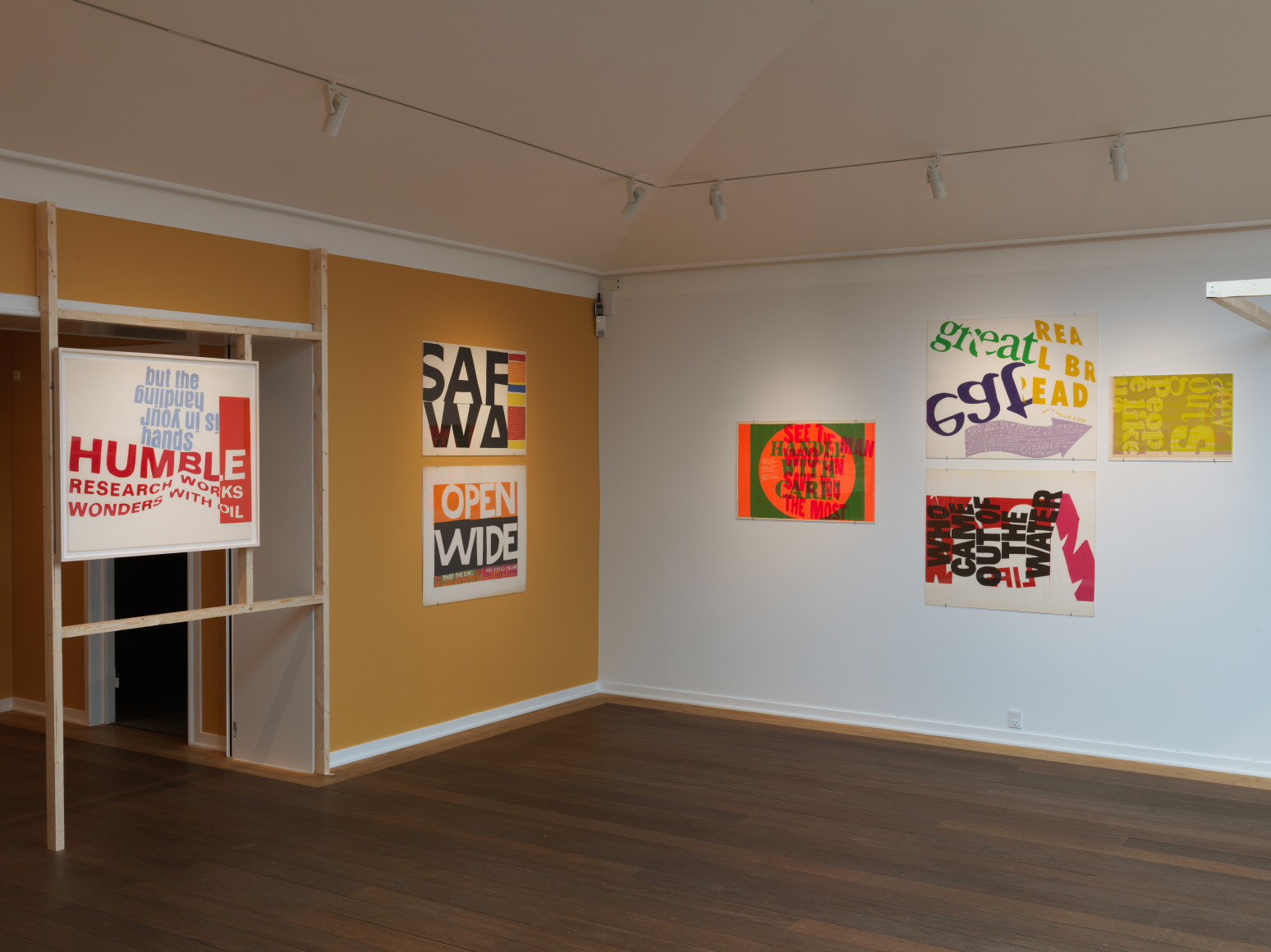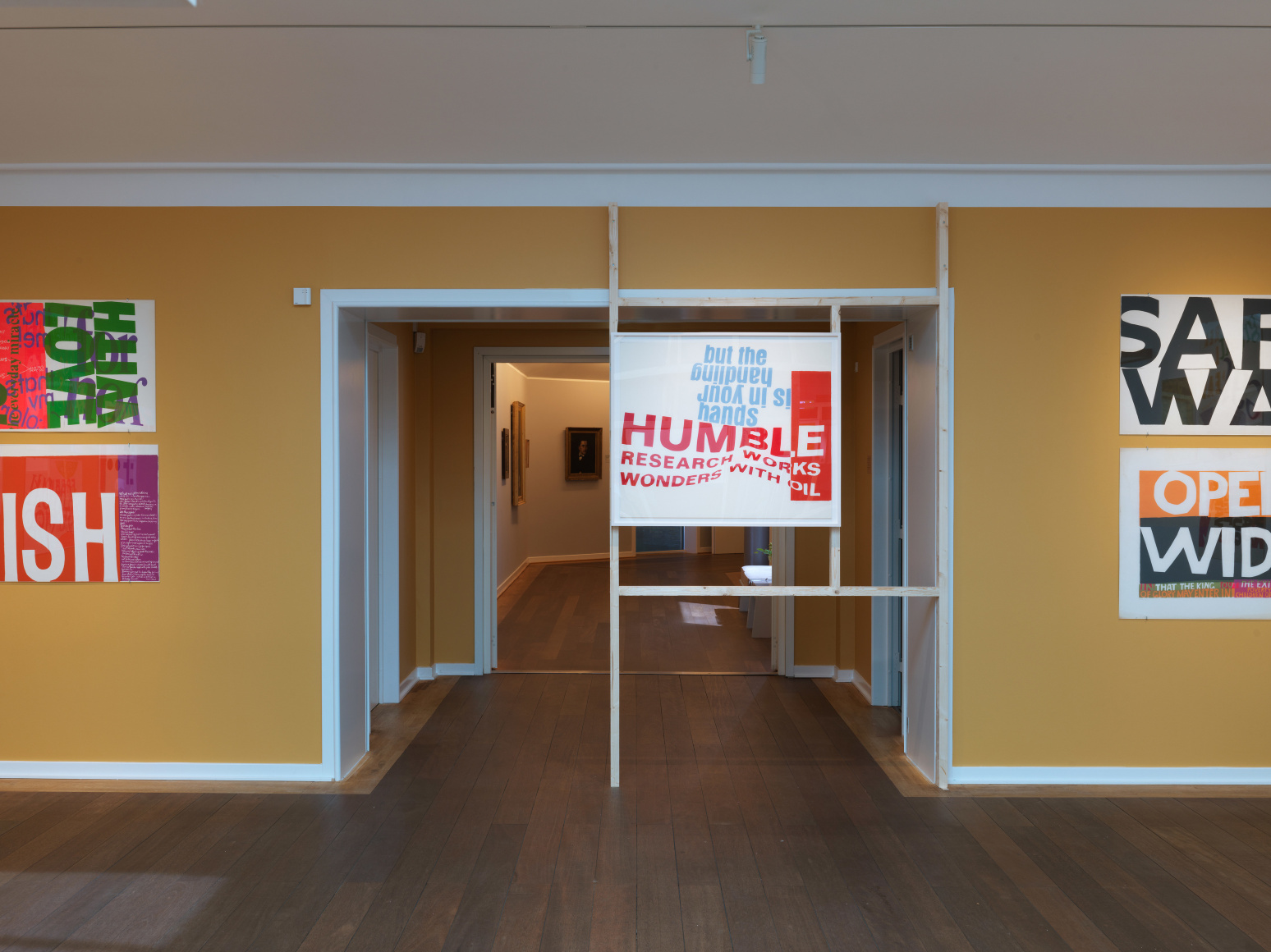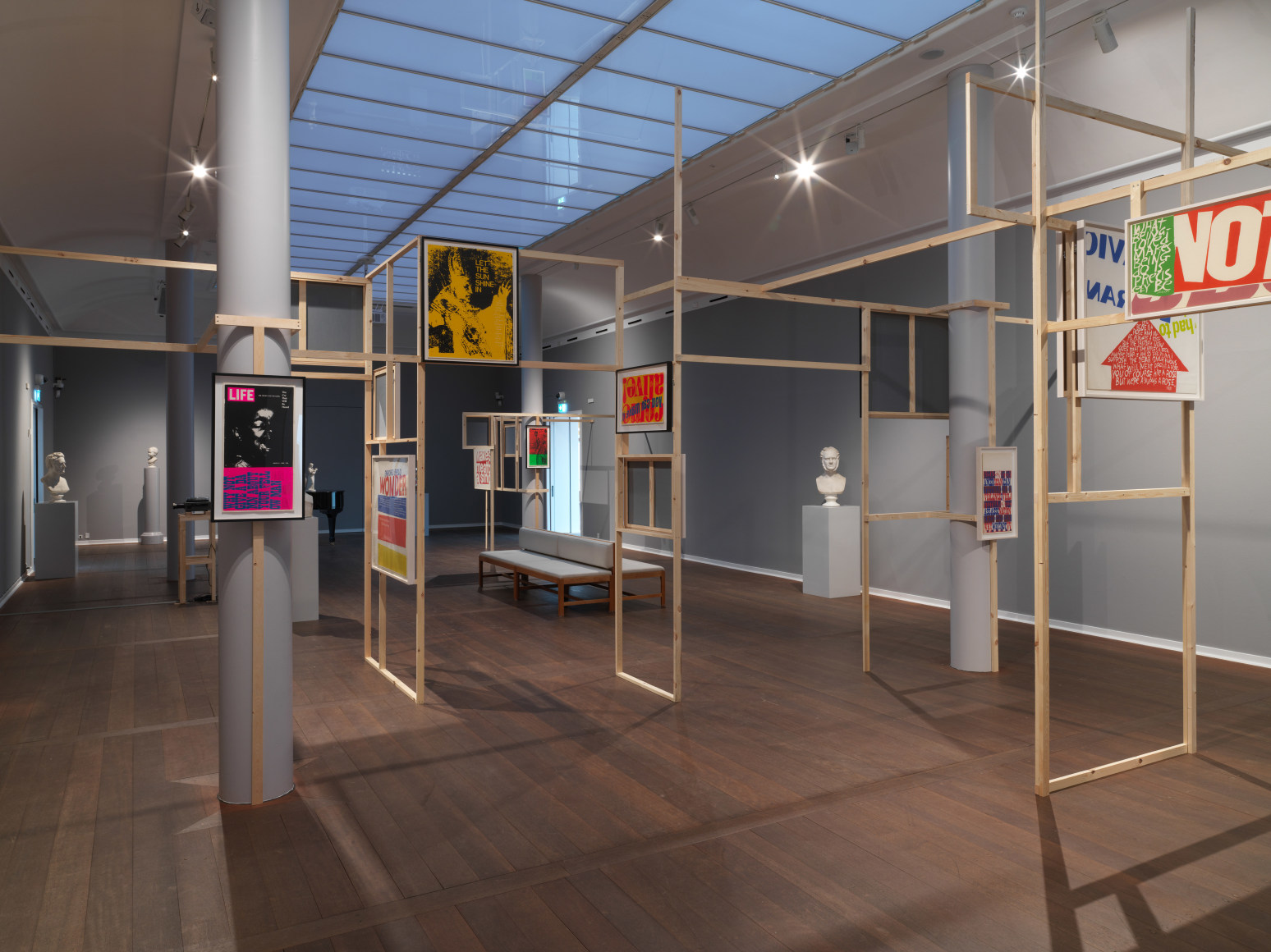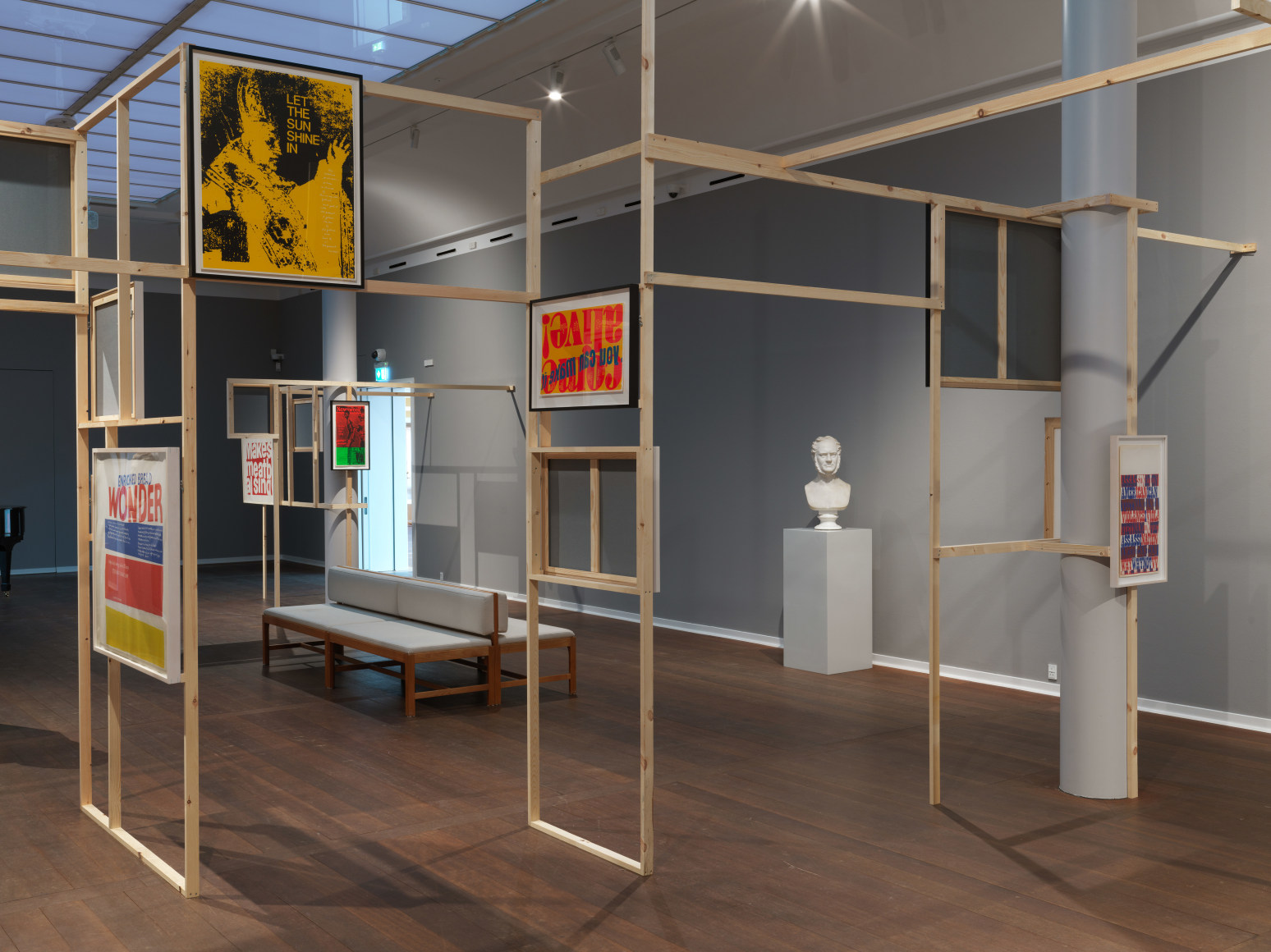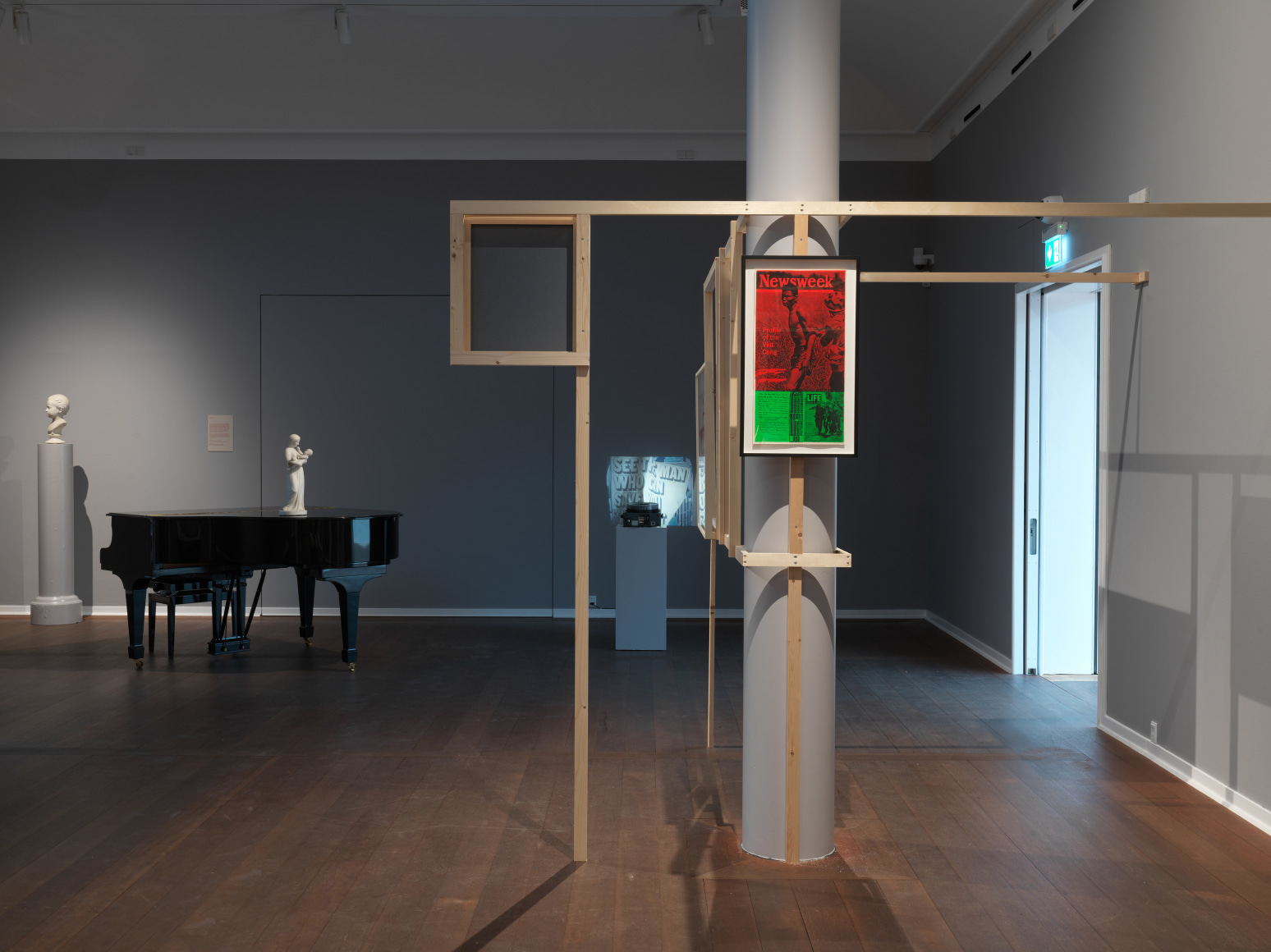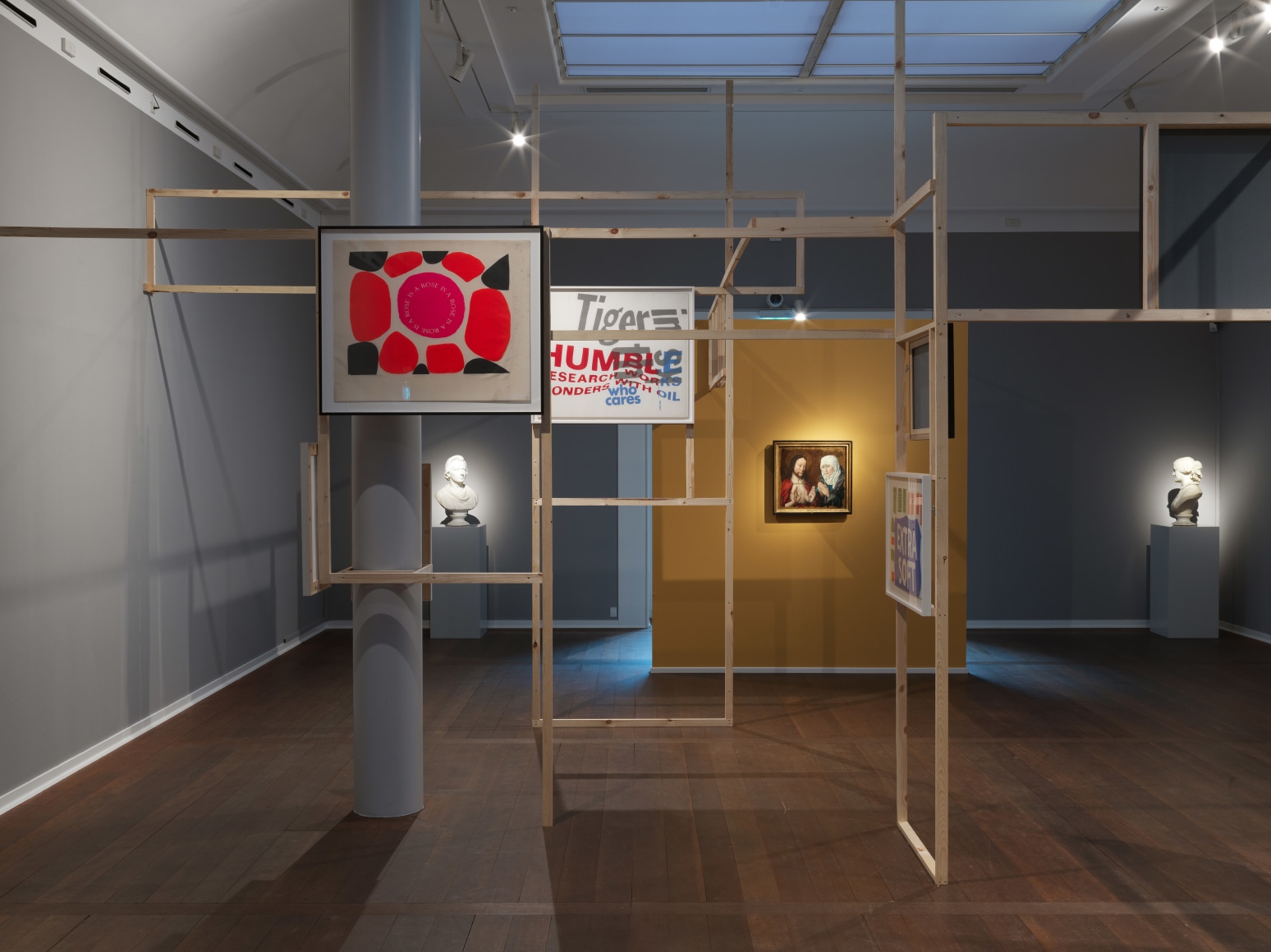The artist Danh Vo revisits the Nivaagaard Collection in the summer of 2022 – this time to create an exhibition featuring the visionary and iconic pop artist Sister Corita.
The Someday is now. Danh Vo presents Sister Corita follows up on the previous years’ collaborations with Danh Vo, who presents significant favorite artists from his own collection at the museum. At the exhibition, you can experience Corita’s most important works from the 1960s, which is her most innovative and productive period. There will be displayed works owned by Vo and works borrowed from other private collectors at the Nivaagaard Collection where Sister Corita’s works will be put in display in a dialogue with the museum’s own works.
Sister Corita (1918-86) was a Catholic nun and a charismatic teacher with a progressive approach to teaching and creation. From 1936-68, she was part of a Catholic order in Los Angeles where she worked as a teacher and became very famous for her teaching methods. She also became an influential pop artist in 1960s America, but she has since slipped out of the story of pop art.
Sister Corita was known and loved for her silkscreen prints throughout the 1950s where she won numerous awards and honours. In 1962, she saw the pop artist Andy Warhol’s exhibition of the soup cans that would later become very famous. The radical aesthetization of things from everyday life made her take a clearer step towards pop art. In that same year, the Vatican issued a decree on “adaptation and renewal of religious life” which ushers in a movement towards a more modern life for nuns and this also has a fundamental impact on Corita and her order and their approach towards and engagement with society.
In her works, she often took her cue rom contemporary advertisements and the visual boom that Los Angeles went through in these years. She played with words and meanings and combined commercial slogans with poetry, biblical texts, philosophy or messages about peace and social justice. She united her curiosity about modernity with her spiritual relationship with God, her social engagement and her belief in the power of art. She lived during a period characterised by significant political unrest in the United States and as a person and artist, she was preoccupied with fighting against poverty, racism and war. She was an activist, but her approach was always based on a hopeful and joyous belief in change and humour and subtlety were a big part of her oeuvre.
Sister Corita believed that all of us possess a great inner creativity that can be nurtured by observing the world with both our eyes and our heart: Cardboard boxes, newspaper headlines, supermarkets and a crack in the pavement can be observed and used in a creative process. Her method involved observation and serious play, and serigraphic prints were here preferred medium as its reproducibility was in line with her democratic ideals.
Her friends include Ray and Charles Eames, Alfred Hitchcock, Henry Miller and John Cage and she worked collaboratively with her students and those around her until she left the order in 1968 and moved to Boston. She continued working as an artist, now making painting watercolours with a somewhat different expression. In 1971, she was tasked with decorating a gigantic gas container for Boston Gas Company, which has been a landmark of the city. In 1983, she made the LOVE stamp for the U.S. Postal Service which represented her version of a rainbow and sold over 700 million copies. When she died in 1986, she had made over 800 prints, thousands of watercolours and countless public and private commissioned works.
(Source)

